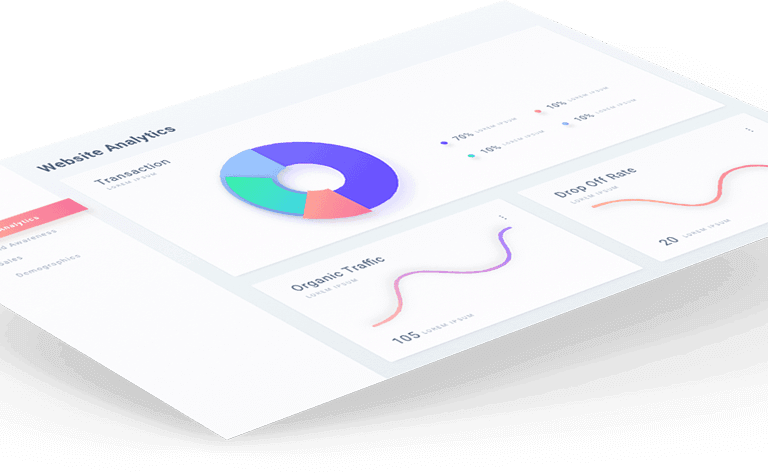In this busy world, one tends to get carried away, especially when burdened with work or buried in tasks that need attention on priority. However, a fleet business needs to keep in mind that beyond all the hustle, fleet safety is prominent and can’t and shouldn’t be ignored at all costs.
Moreover, implementing safety protocols is easier said than done and requires a fleet manager to plan methodically to boost fleet safety.
Execution of fleet safety helps prevent accidents and ensures the safety of drivers, assets and everyone around, in general. A few of the aforementioned key takeaways include..
1. Key Communication Of Fleet Safety Policies
It’s pertinent for fleet managers to set benchmarks when it comes to fleet safety so that the fleet operators/drivers have a clear understanding of why safety policies need to be adhered to and are also made accountable for, on an individual basis.
The fleet drivers need to be trained and educated regularly before they are put behind the wheel. The training should include information containing regular road safety and best practices for escalated situations.
“Being educated and informed on such safety policies should come as second nature for all fleet operators, in the long haul of fleet operations.”
2. Situational Awareness Protocols
Research has proven that excessive speeding mostly results in a crash which can be certainly avoided through mindful driving. Sometimes, these incidents still occur when the driver gets into the accident because of someone else’s fault. However, situational awareness helps a driver handle such situations with ease. When drivers are educated and know how to react to an unforeseen circumstance, it helps ensure safety and keeps losses to a minimum.

A fleet management software can help fleet managers remotely monitor vehicles and drivers alike to prevent excessive speeding, harsh acceleration, sporadic breaking, acute cornering among other behaviours that constitute road rage. Based on the data accumulated, drivers can be advised to run their vehicles better which in-turn promotes safety and saves time.
3. Continued Feedback
Feedback is essential to let fleet drivers know how they are performing on a daily basis. When communication is conducted on a regular basis between fleet drivers and fleet managers, it aids the business in running more smoothly and efficiently in the long run. A couple of factors that help in feedback oriented knowledge management include:
- Monthly sessions between fleet managers and respective fleet operators to provide driver feedback based on data accumulated by the fleet management software.
- Educative sessions which include infographics pertaining to rules, regulations and policies for a given jurisdiction in the said country.
- Driver scorecards and regular tests to keep fleet operators up-to-date.
- Informative handbooks, easy to access, both in digital and print format.
- Illustrations celebrating the idea of expectations to be met when it comes to policy and regulations compliance.
4. Vehicle Inspections
When a vehicle is monitored through a fleet management system, it helps in several ways like providing vehicle health status updates, vehicle location tracking, vehicle performance data and custom reports on how the vehicle is being used, how well it is running, when it is due for maintenance and how much does it cost to keep it operational.
A fleet management software which can be accessed via phone app makes it easier for fleet operators and managers to understand when the fleet vehicles are nearing inspection, due for maintenance or even nearing a mandated rotation.
Planned vehicle inspections and preventative maintenance help fleet managers optimise fleet operations to keep the vehicles running smoothly which in turn helps reduce fuel and labour costs.
5. Increased Visibility Through Fleet Management System
Fleet management software is a cloud-based application that can help a user track and furnish all the task incentive processes that help keep a vehicle or a business fleet operational and functioning at an optimal level along with trackable and diagnosable data metrics.
A fleet management system/software also gives the end-user real-time visibility of their fleet, which also includes driver monitoring, behavioural data logging, vehicle data health alerts and fleet vehicle diagnostics.
Having access to such data helps fleet managers identify issues, improve on shortcomings, optimise schedules, and garner a positive impact on the bottom line of the business.
6. Plan For The Future
A fleet business shouldn’t rest on laurels of the past and always look towards the future to determine and explore avenues through which the bottom line can get the much-needed boost.
A fleet business should always implore the possibilities of investing in newer solutions, expand reach beyond the generic norms, explore opportunities beyond the current portfolio and always be versatile to revamp. adapt and reinvent itself based on the current market and technological trends.
With Linxio, maintaining your fleet vehicles is easier through our future-ready telematics solutions that offer real-time GPS tracking, geofencing alerts and notifications, digitised logbooks and better driver communication.




